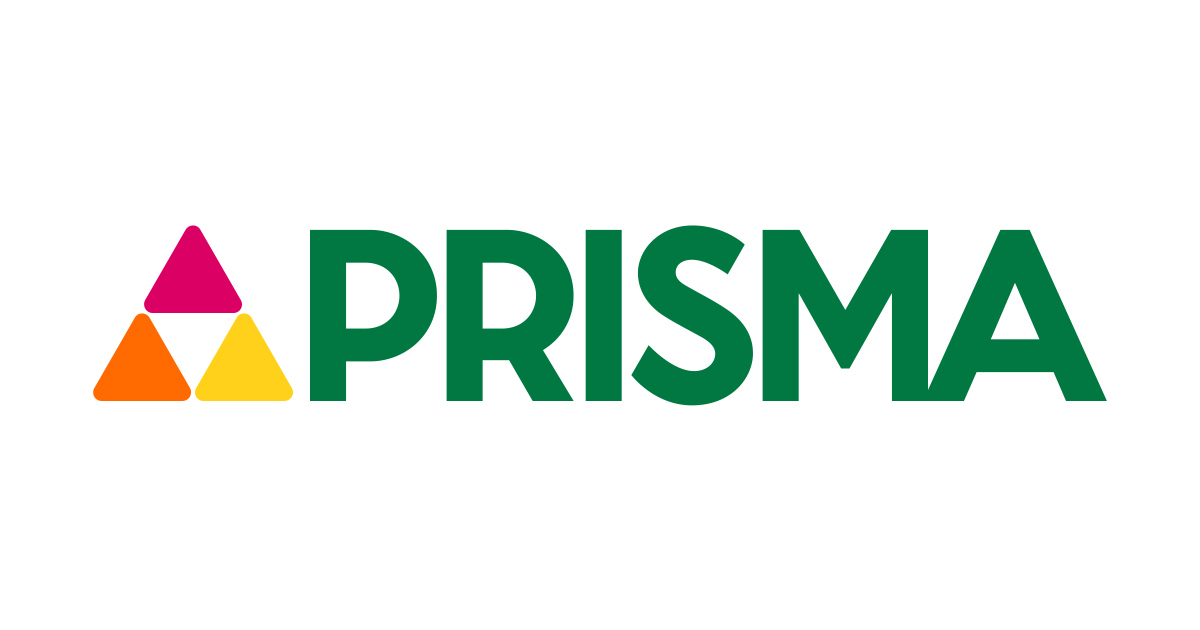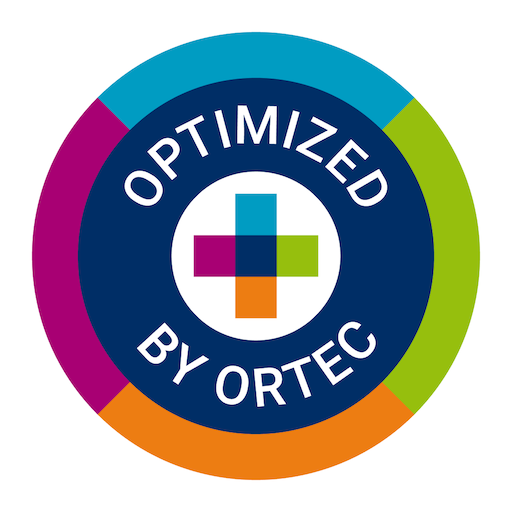Written by Carol Batista Caputo, Jagath Jayawardena, Gayani Karunarathne, Radhipa Fiona Perera, Liman Ren, Julia Ruohomaa, Wedala Gedara, Kasuni, Fan Yang on 29 April 2024
The article talks about how important media is in education, especially in the Eastern world, and how it can improve learning through interactive tools like educational apps, which are used in Finland starting from age 1.
Use of
digital media in education in Finland
Finland is at the forefront of using digital media in education. Finnish schools are bringing in digital tools like e-learning materials, apps, and virtual environments to make learning better and more creative. They focus on making sure every student can learn in their own way, which helps with more active participation. Even in early childhood, teachers in Finnish day care centers use digital media to enhance their teaching skills.
Digital media opens up a lot of information for kids, boosts their critical thinking, and makes learning more interactive. By using technology, schools can provide students with the skills needed for today's world and ensure that everyone has equal access to learning. Finland is dedicated to creating a fair and effective educational environment for all students, preparing them for success in a digital future.
The positive impact of digital media on young minds
Ways to use digital media to promote the
overall growth of young people
Digital technology is growing quickly and has become a key part of young people's lives every day. It's not just for fun, but also a great tool for learning and growth. As educators, we should use digital media to help young people grow healthily.
Communication and Social Interaction - Digital media gives young people a way to connect with others around the world, helping them improve their social skills and understand different cultures. This global connection can teach young people to respect various views and ideas.
Inspiration and Creativity - Platforms like video sharing sites allow young people to share their creative work with a wider audience, earning recognition and encouragement. This can boost their ability to innovate and solve problems.
In conclusion, Finland is committed to using digital media in classrooms to help students do better, be more creative, and prepare for today's digital world. By using technology this way, Finland wants to give students the knowledge and skills they need to succeed in a world that's always changing and connected.
References
Ching, Y. H., Hsu, Y. C., & Baldwin, S. (2015). The impact of design-based science (DBS) instruction on student learning of cell biology. Research in Science & Technological Education, 33(3), 275-294.
Kong, S. C., Chan, T. W., Griffin, P., Hoppe, U., Huang, R., Kinshuk, & Ogata, H. (2014). E-learning in school education in the coming 10 years for developing 21st century skills: Critical research issues and policy implications. Journal of Educational Technology & Society, 17(1), 70-78.
Ito, M., Gutierrez, K., Livingstone, S., Penuel, B., Rhodes, J., Salen, K., ... & Watkins, S. C. (2013). Connected learning: An agenda for research and design. Digital Media and Learning Research Hub.
Valkenburg, P. M., & Peter, J. (2011). Online communication and adolescent well-being: Testing the stimulation versus the displacement hypothesis. Journal of Computer-Mediated Communication, 16(4), 481-504.
Livingstone, S., & Bober, M. (2004). UK children go online:
Final report of key project findings. LSE Research Online.










